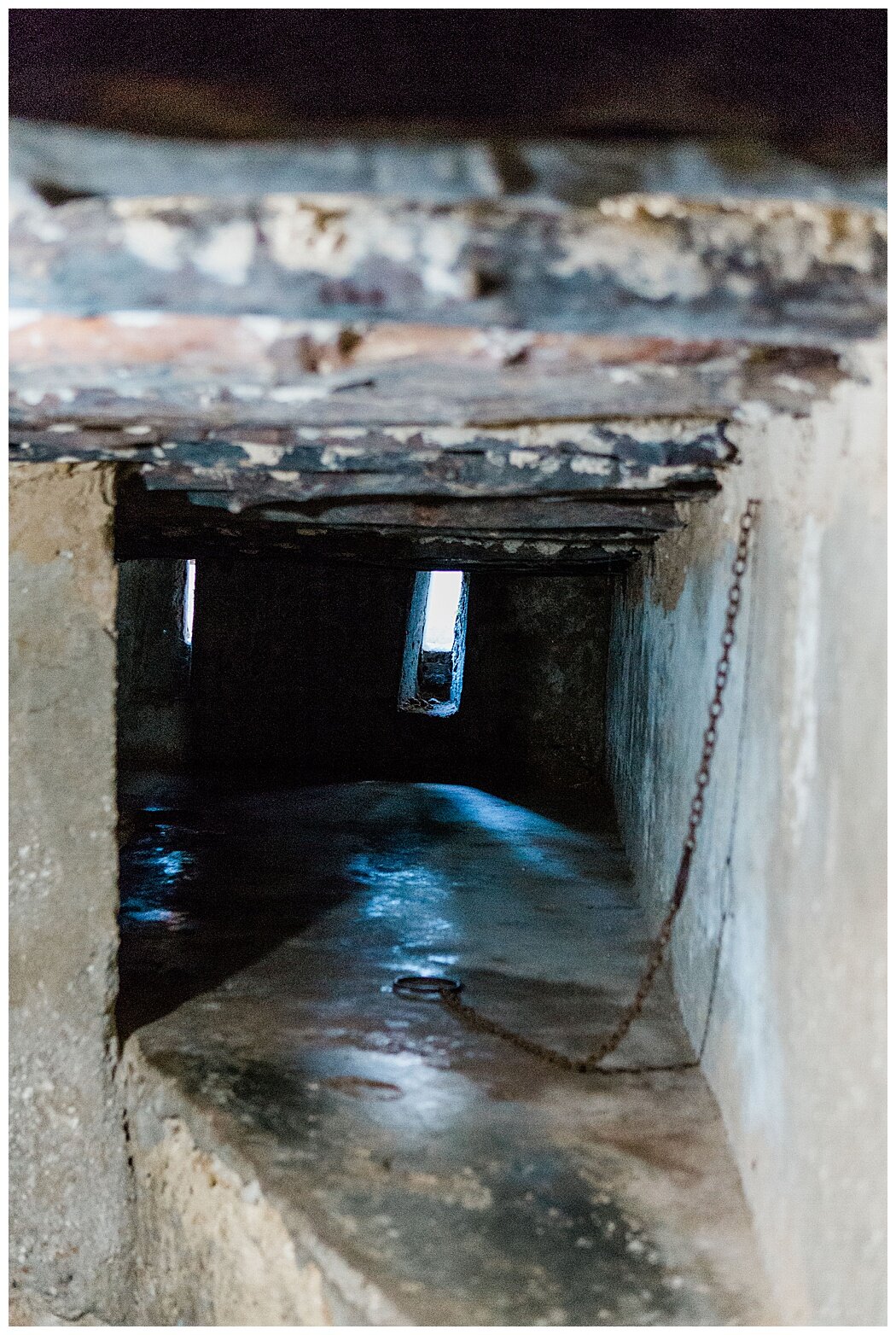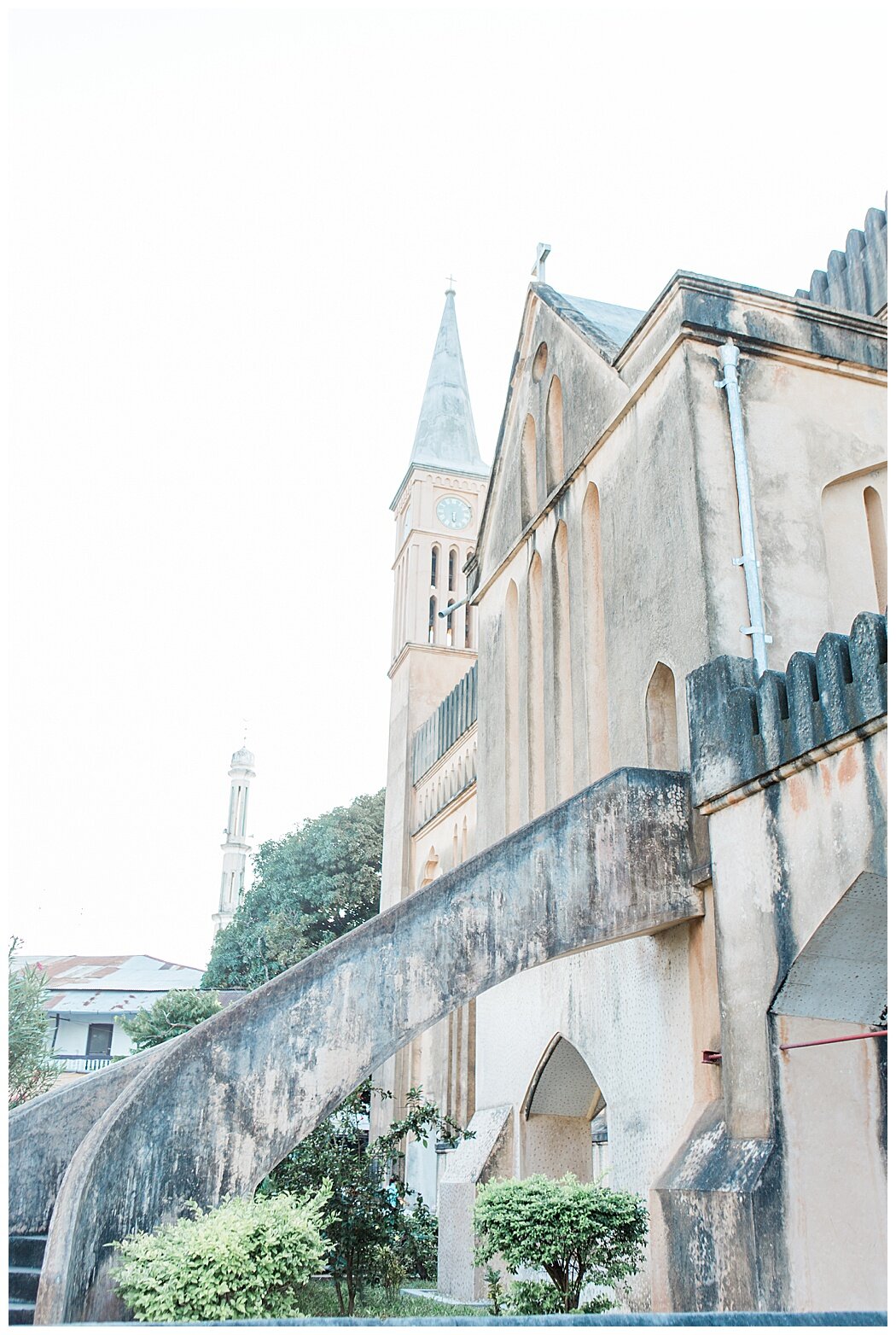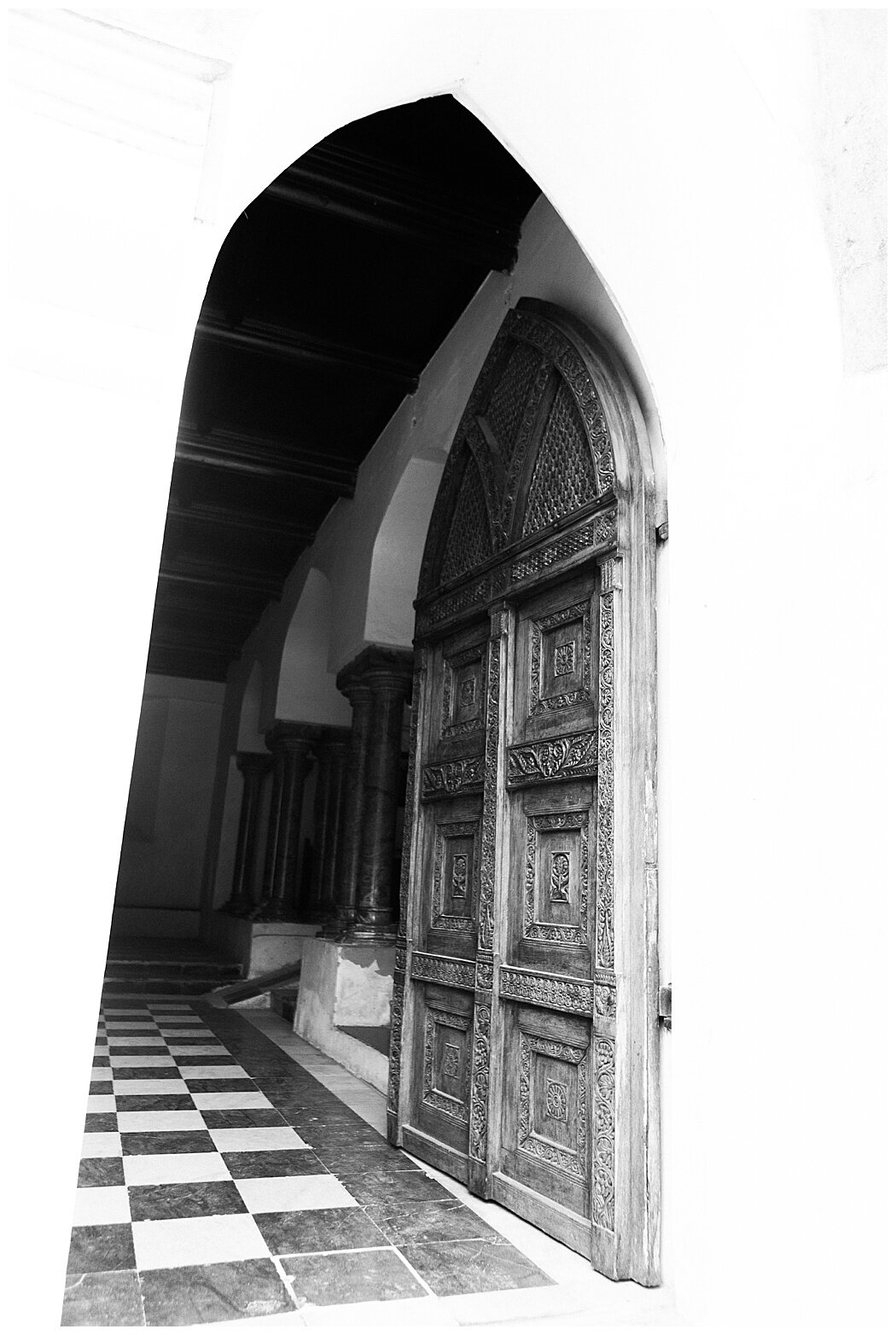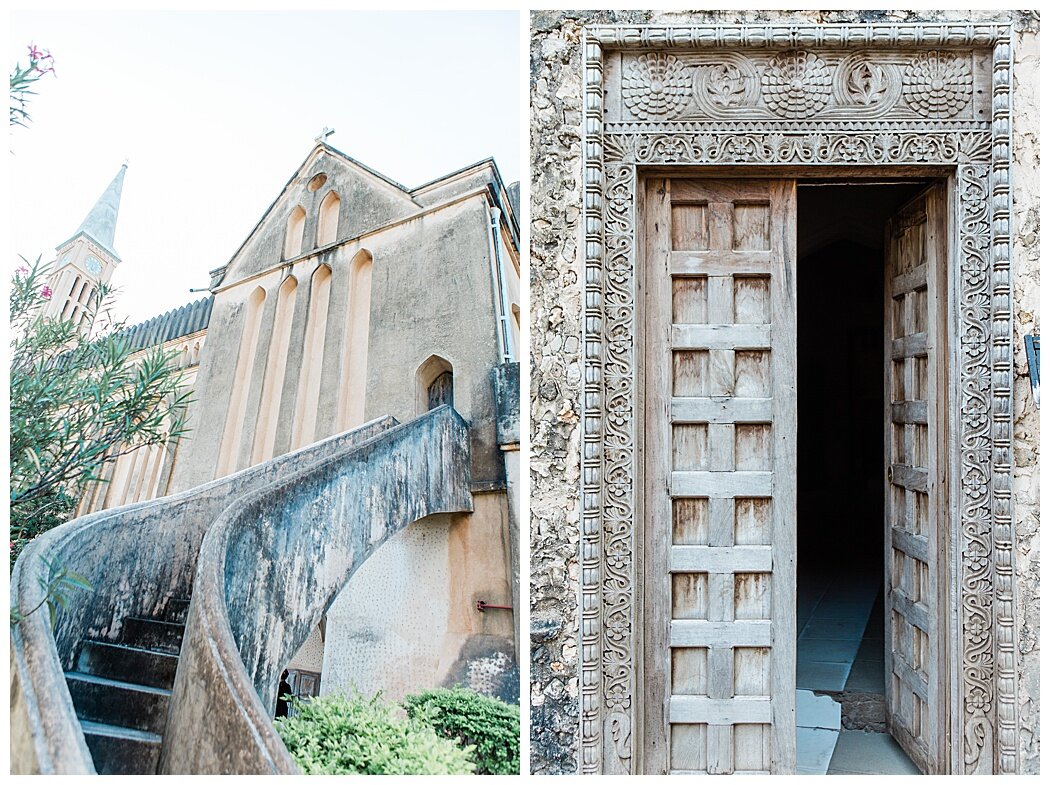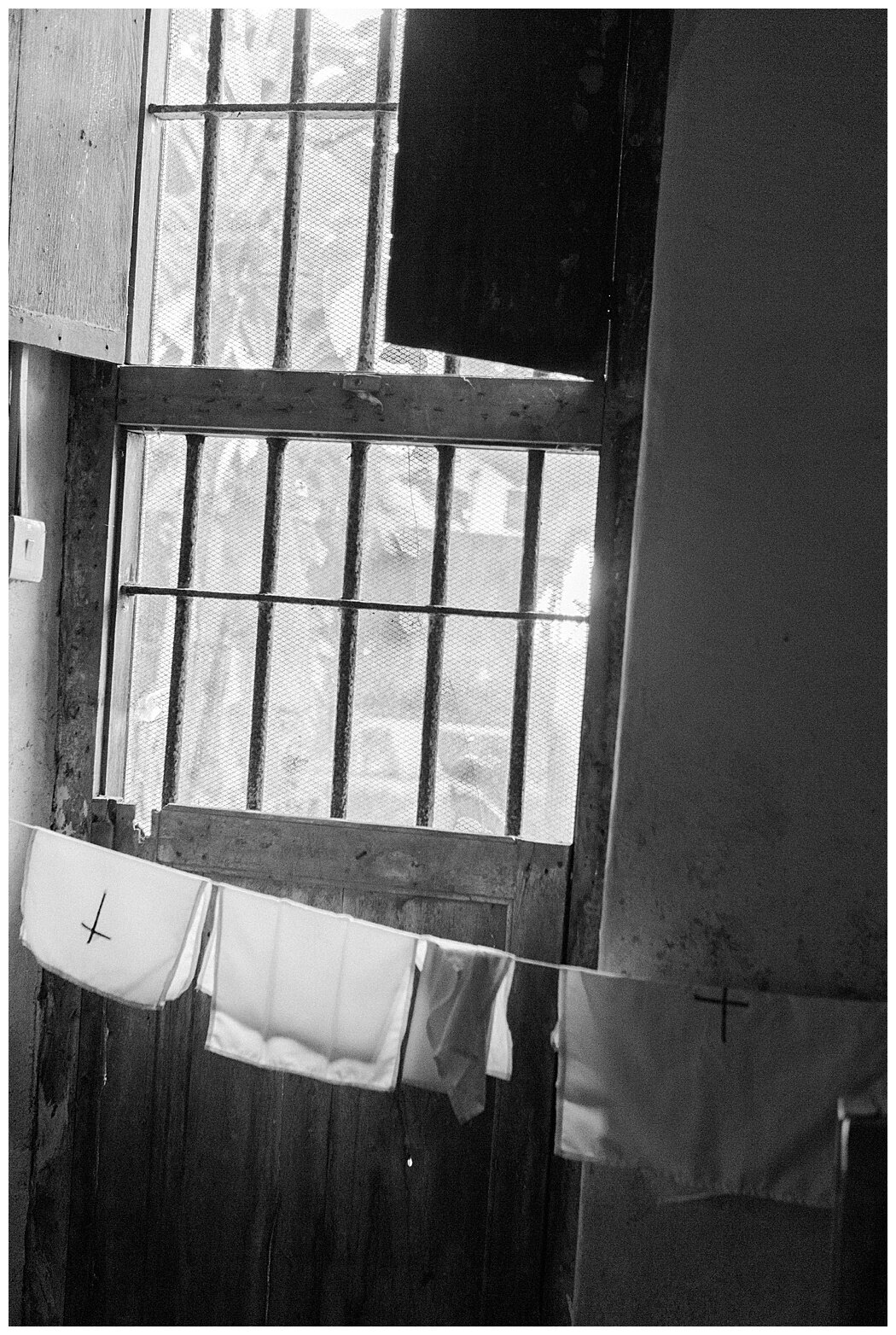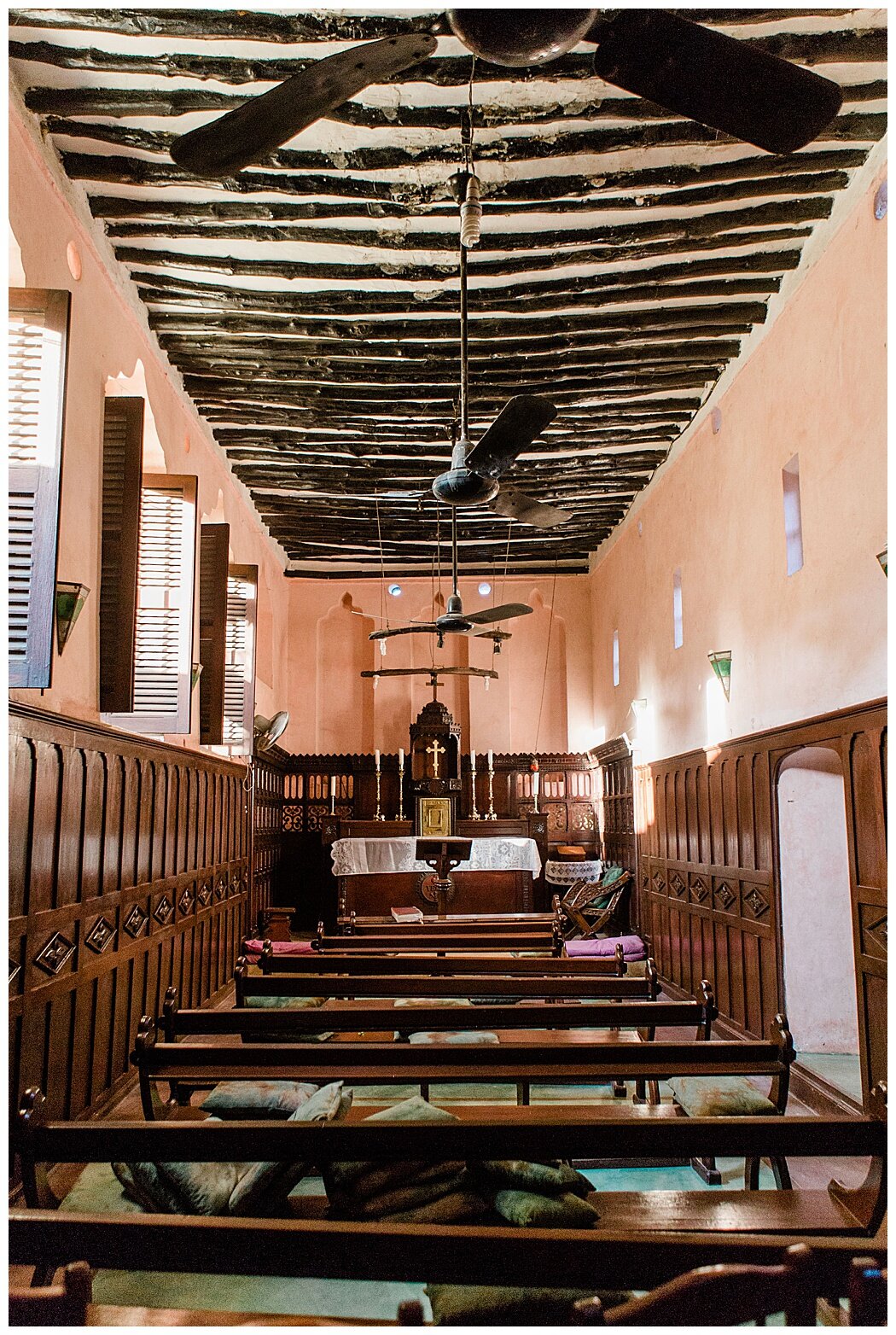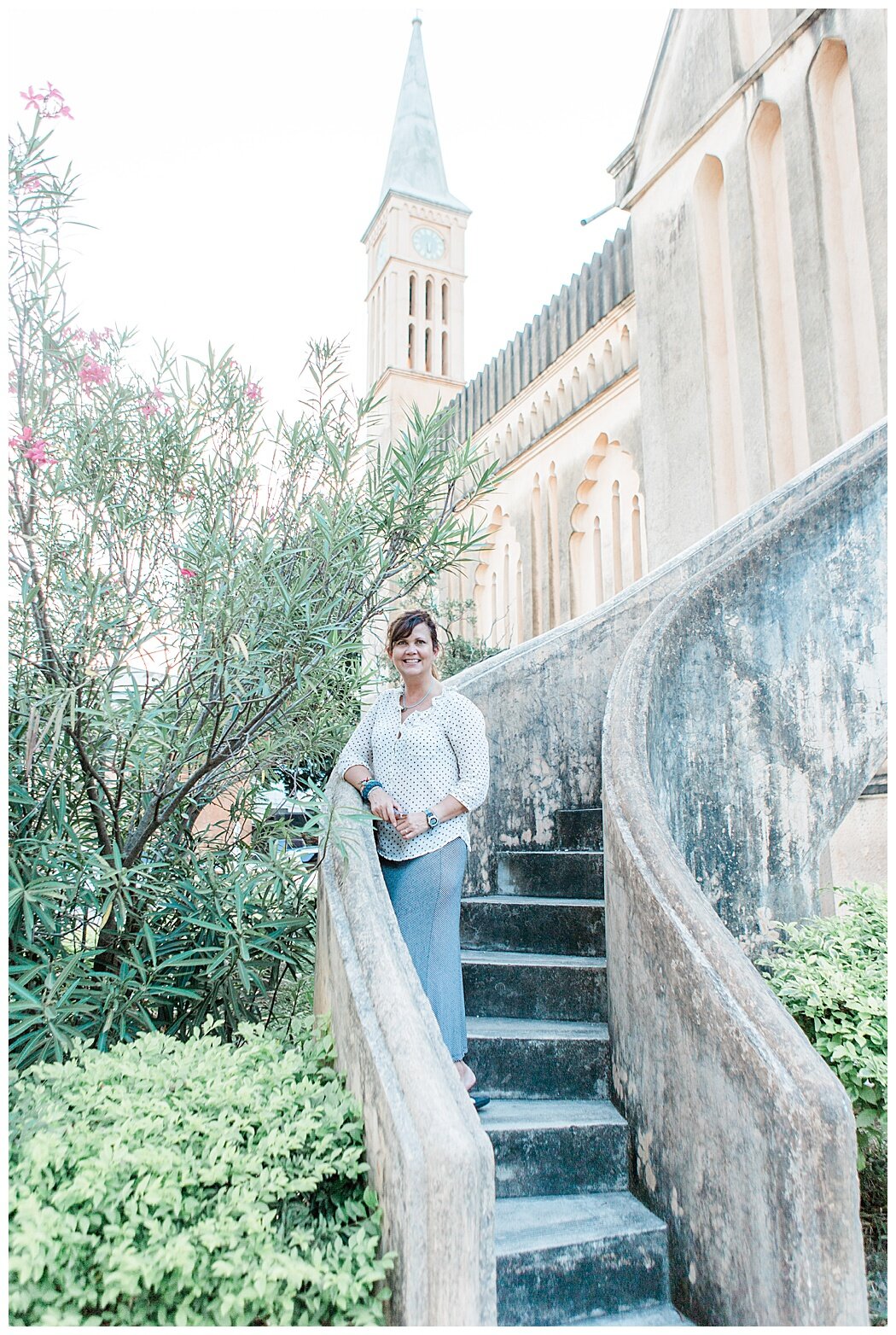Tanzania, Africa Photos of Slave Memorial in Stone Town, Zanzibar
Tanzania Slave Memorial, Stone Town, Zanzibar
Slave Memorial , Stone Town Zanzibar
Black Lives Matter
The recent deaths of Ahmaud Arbery and George Floyd still haunt me. Their senseless deaths, caught on video, forced the world to see what many had turned a blind eye to for too long. In their wake, so many other names surfacing and resurfacing to show a pattern of injustice older than our country itself. Many of my friends shared resources to become better educated on police reform and the Black Lives Matter movement, and I found myself becoming immersed in reading them. I continue to challenge myself and look for tangible ways to be supportive. I encourage everyone to inform themselves and act and vote accordingly.
While I admittedly do not presume to be an authority on these matters AT ALL, I did want to contribute SOMETHING. I have photos I took in Africa at the very last slave trade market. It is my hope that by sharing stories of those who helped provide support during this dark time in our history will remind us that our actions today are writing tomorrow’s history.
“The second is this, ‘YOU SHALL LOVE YOUR NEIGHBOR AS YOURSELF.’ There is no other commandment greater than these.”
Dr. David Livingstone’s Role in Ending Slave Trade in Eastern Africa
While visiting Stone Town in Zanzibar, I made it a point to visit the Slave Memorial and learn about the last operating slave market.
On the site where the market was, the Anglican cathedral, Christ Church, was built, the altar symbolically standing in the precise location where the whipping post once stood. “The cathedral stands as a monument, literally, to the triumph of light over darkness, good over evil, God's audacious grace over humankind's fathomless cruelty. And yet it doesn't seek to forget or diminish what happened on this so-called sacred ground.” Cathleen Falsani wrote in this Huffington Post article.
But two of the 15 slave chambers are open to the public to see, and nearby there is a powerful sculpture there honoring the memory of the slaves.
The slave chambers consisted of small spaces underground where up to 65 men, women, and children would be held in each space before auction. The rooms were confined and dark. The ceilings were low. There was no air circulation. It was stifling empty, and unimaginable what it must have been like filled with people given no food or toilet. It was easy to understand how many had suffocated here.
Out back, the sobering sculpture depicts five slaves, and when you see it, you are immediately moved. Swedish sculptor Clara Sornas produced the work in 1998. As you approach the sculpture, you realize you are looking down to see the five figures emerging from a pit. The chains around their necks that connect them are real artifacts. The expressions on their faces are heartbreaking and soul-stirring.
The impetus to end the slave trade here is largely credited to David Livingstone, a doctor, missionary, and explorer of Africa who went back to England in 1864 after his travels across the continent and plead the case to end slavery there. He returned to Africa where he witnessed a massacre of 400 slaves in 1871. He was so shattered by what he’d seen, he abandoned his original mission. He shared his account with American journalist Henry Stanley (who, upon meeting Livingstone uttered the now famous, “Dr. Livingstone, I presume?”) and sent the journalist back to England with accounts from his journals that detailed the atrocities Livingstone had seen.
These stories from Dr. Livingstone’s journals were published, forcing the British into action. Livingstone would not live to see the results of his efforts to end the slave trade. The decree to end the slave trade in eastern Africa was signed in June 1873, but Livingstone died of malaria and dysentery in May 1873.
An old African man who met Livingstone paid tribute to him after his death saying, “A white man who treated black men as his brothers, and whose memory would always be cherished all along the Rovuma Valley after we were all dead and gone. A short man with a bushy moustache, and a keen piercing eye, whose words were always gentle, and whose manners were always kind, whom as a leader it was a privilege to follow, and who knew the way to the hearts of all men.”
Dr. Livingstone was a champion for the rights of the African people. He shared that Africa had captured his heart, and upon his death asked that his heart be buried on African soil. His loyal African companions honored his wishes, burying his heart under the mpundu tree where he died before sending his remains to be buried in Westminster Abbey. A single wooden cross is hung in the Anglican cathedral called Livingstone’s cross. It is said to be made from that same tree.
I share this story and these photos with the utmost respect and out of a heartfelt desire to share a story of progress that was made when a single person raised his voice against atrocities to support his fellow man. Here are a few of my images from the site of the slave trade market in Stone Town, Zanzibar.






